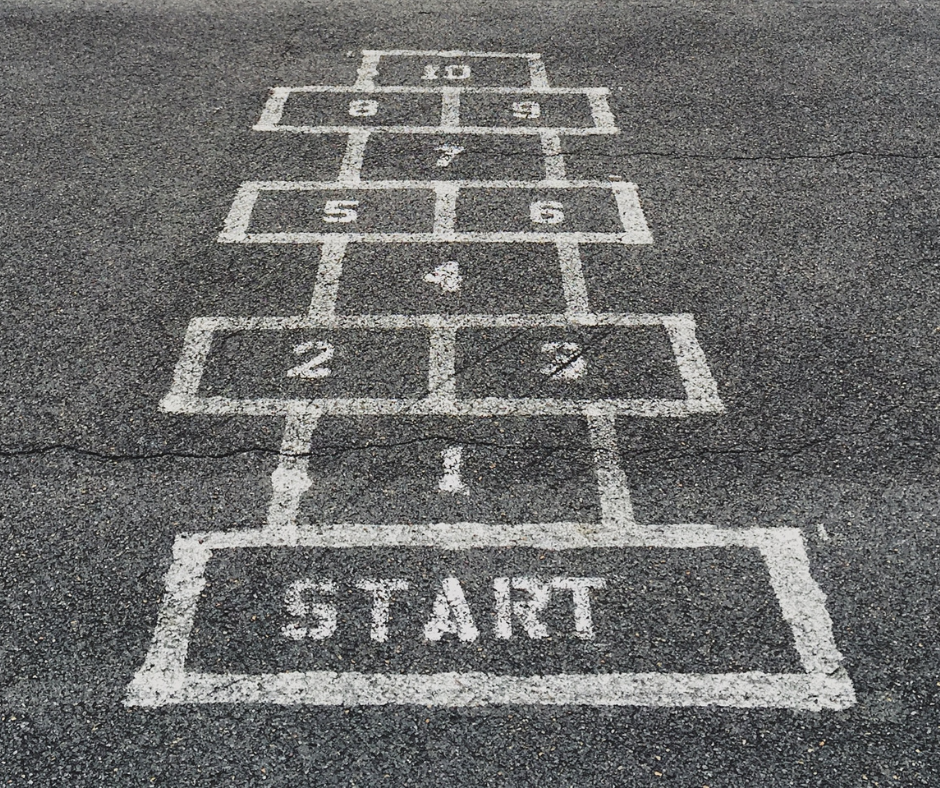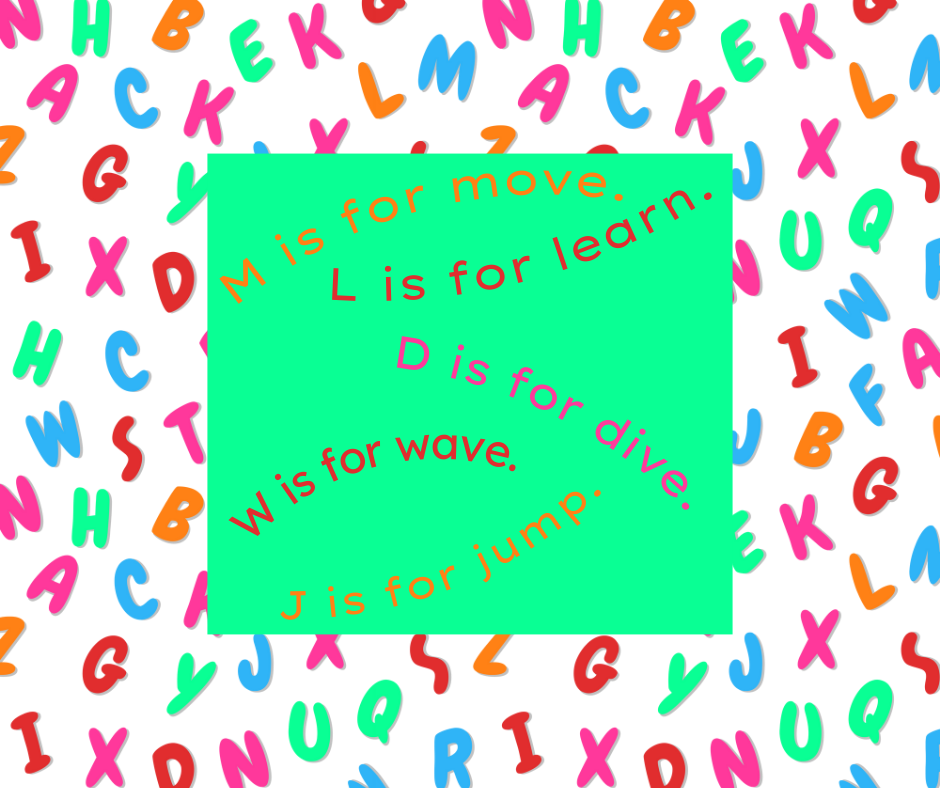
Real-World Walkabout: Hopscotch
In this activity, students incorporate math skills into the traditional game.
SUBJECT AREA
- math
SKILLS
- counting
- addition
- subtraction
- multiplication
MATERIALS NEEDED
- masking or painter's tape for indoors
- sidewalk chalk for outdoors
- a small tossable item (bean bag, rock, small soft toy)
GRADE LEVELS
- kindergarten
- first grade
- second grade
- third grade
DIRECTIONS
- Create a hopscotch path by adhering masking tape or painter’s tape to the floor to create the squares. Use sidewalk chalk to create an outdoor path on a sidewalk or in parking lot.
- Traditional hopscotch boards include a straight path with single and double (side-by-side) squares. The squares are numbered 1 through 10.
- Variations may include a spiral pattern, an open rectangle pattern, single and triple squares, large squares divided into four triangles, a curving path, etc.
- Play following these rules or create your own version of the game.
- Decide who will go first.
- Player 1 should throw the marker into square 1. If the marker lands on a line or outside the square, the player loses the turn.
- Players should hop on one foot into the first empty square, and then every other empty square. Skip the square the marker is on. Players should count your hops and jumps as you go.
- At the side-by-side squares, players should jump with both feet.
- At square 10, players should jump with both feet, turn around, and continue the path back toward the start.
- When players reach the marked square again, they should pick up the marker and complete the path.
- When a player completes the path, the player should pass the marker to the next player. On each player’s next turn, they should throw the marker to the next number.
- If a player falls, jumps or hops outside the lines, or misses a square or the marker, the player loses a turn and must repeat the same number on the next turn.
- The first player to complete the path with the marker on square 10 is the winner.
Math Variations:
- Counting: Players should count their jumps aloud.
- Addition: Players should add the two numbers they jump or hop on.
- Subtraction: Players should subtract the smaller number from the larger number they jump or hop on.
- Multiplication: Players should multiply the two numbers they jump or hop on.





